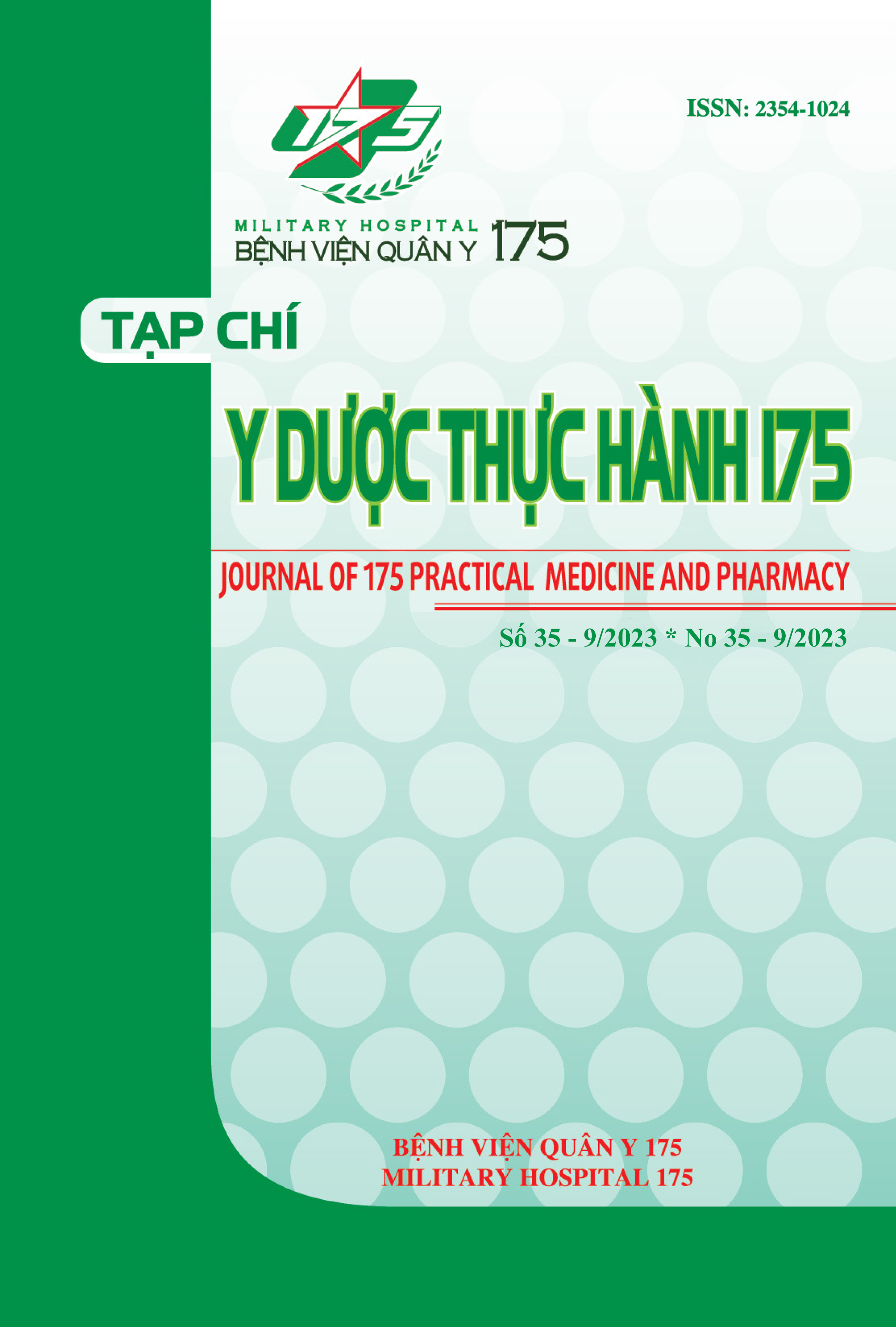STRESS, LO ÂU, TRẦM CẢM VÀ CÁC YẾU TỐ LIÊN QUAN Ở LAO ĐỘNG NỮ TẠI MỘT SỐ CÔNG TY MAY MẶC TỈNH ĐỒNG NAI
Các tác giả
DOI: https://doi.org/10.59354/ydth175.2023.220Từ khóa:
stress, lo âu, trầm cảm, nữ công nhân mayTài liệu tham khảo
Hoàng Thị Thúy Hà (2015), Thực trạng môi trường, sức khỏe, bệnh tật
ở công nhân may Thái Nguyên và hiệu quả một số giải pháp can thiệp, Luận án Tiến sĩ y học Đại học Thái Nguyên, Luận án Tiến sĩ y học Đại học Thái Nguyên.
Lâm Minh Quang và cộng sự. (2023), “Tình trạng căng thẳng và mối liên quan với các yếu tố nghề nghiệp ở người lao động tại Công ty may Sài Gòn Thành phố Hồ Chí Minh năm 2021”, Vietnam Medical journal. 18, tr. 310-315.
Nguyễn Thúy Quỳnh (2016), “Thực trạng sức khỏe công nhân nữ tại một số khu công nghiệp Việt Nam, giai đoạn 2013-2015”, Tạp chí Y học dự phòng. 26(1), tr. 125-134.
Hà Minh Trang và cs (2021), “Stress, lo âu, trầm cảm và một số yếu tố liên quan ở công nhân công ty may Phú Hưng, tỉnh Hưng Yên năm 2020”, Tạp chí Khoa học Đại học Thăng Long. A1(1), tr. 91-98.
Chand A (2006), “Physical and psychological health problems of garment workers in the Fiji”, Pac Health Dialog. 13(2), pp. 65-70.
Fitch TJ et al (2017), “Prevalence and risk factors of depression among garment workers in Bangladesh”, International Journal of Social Psychiatry. 63, pp. 244-254.
Fontana D. (1989), “Proffessional life stress scale”, Managing Stress, The British Psychological Society and Routledge Ltd.
Fountoulakis KN et al (2001), “Reliability, validity and psychometric properties of the Greek translation of the Zung Depression Rating Scale”, BMC psychiatry. 1, 1-8.
Kitronza PL và Mairiaux P (2015), “Occupational Stress among Textile Workers in the Democratic Republic of Congo”, Trop Med Health. 43(4), pp. 223-231.
Parvin K et al (2018), “The pathways between female garment workers’ experience of violence and development of depressive symptoms”, PLoS One. 13(11).
Shanbhag D & Joseph B (2012), “Mental Health Status of Female Workers in Private Apparel Manufacturing Industry in Bangalore City, Karnataka, India”, International Journal of Collaborative Research on Internal Medicine & Public Health. 4(12), pp. 1893-1900.
Upton J (2020), “Beck depression inventory (BDI)”, Encyclopedia of behavioral medicine, tr. 202-203.
Tải xuống
Tải xuống: 104










